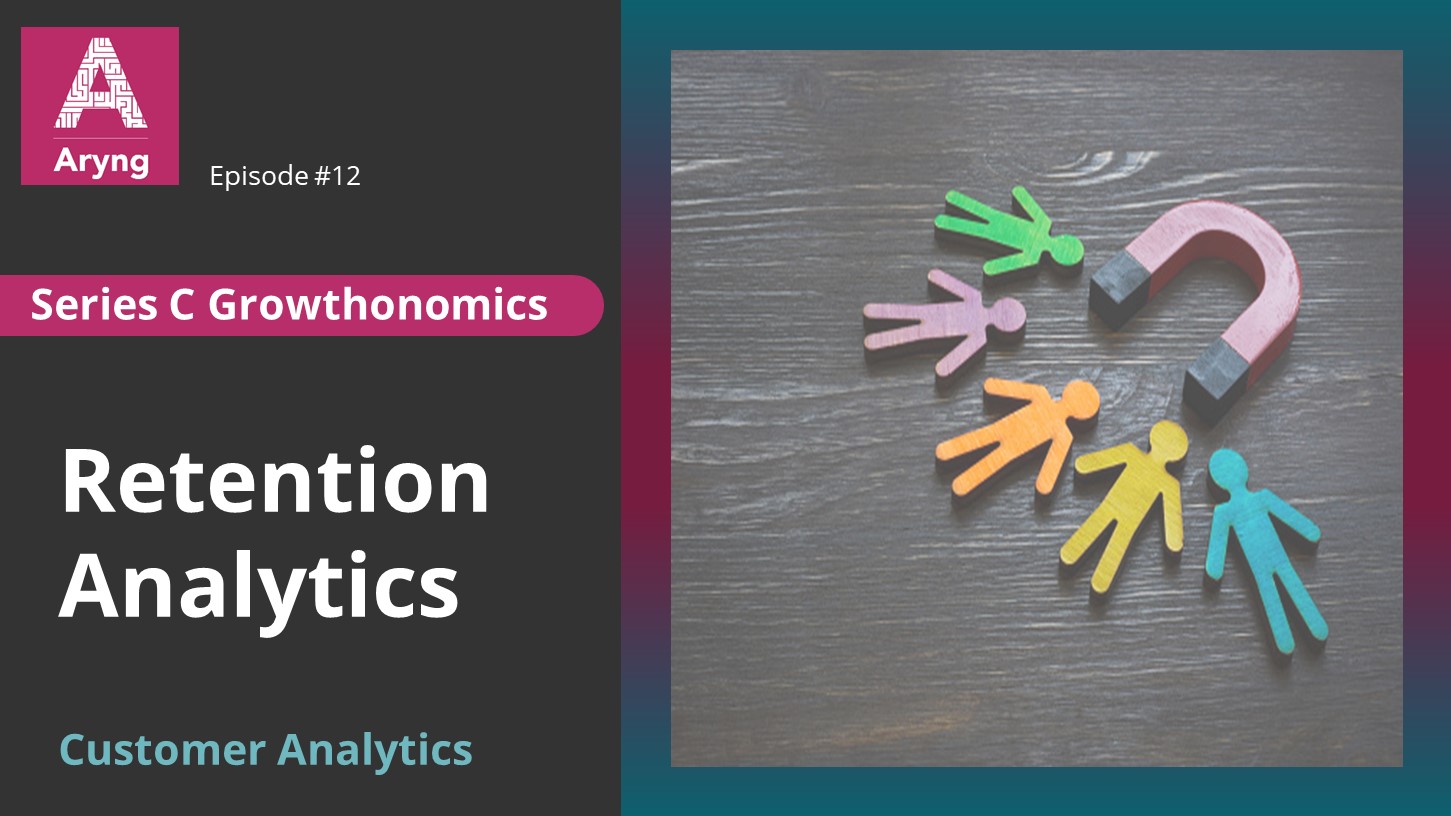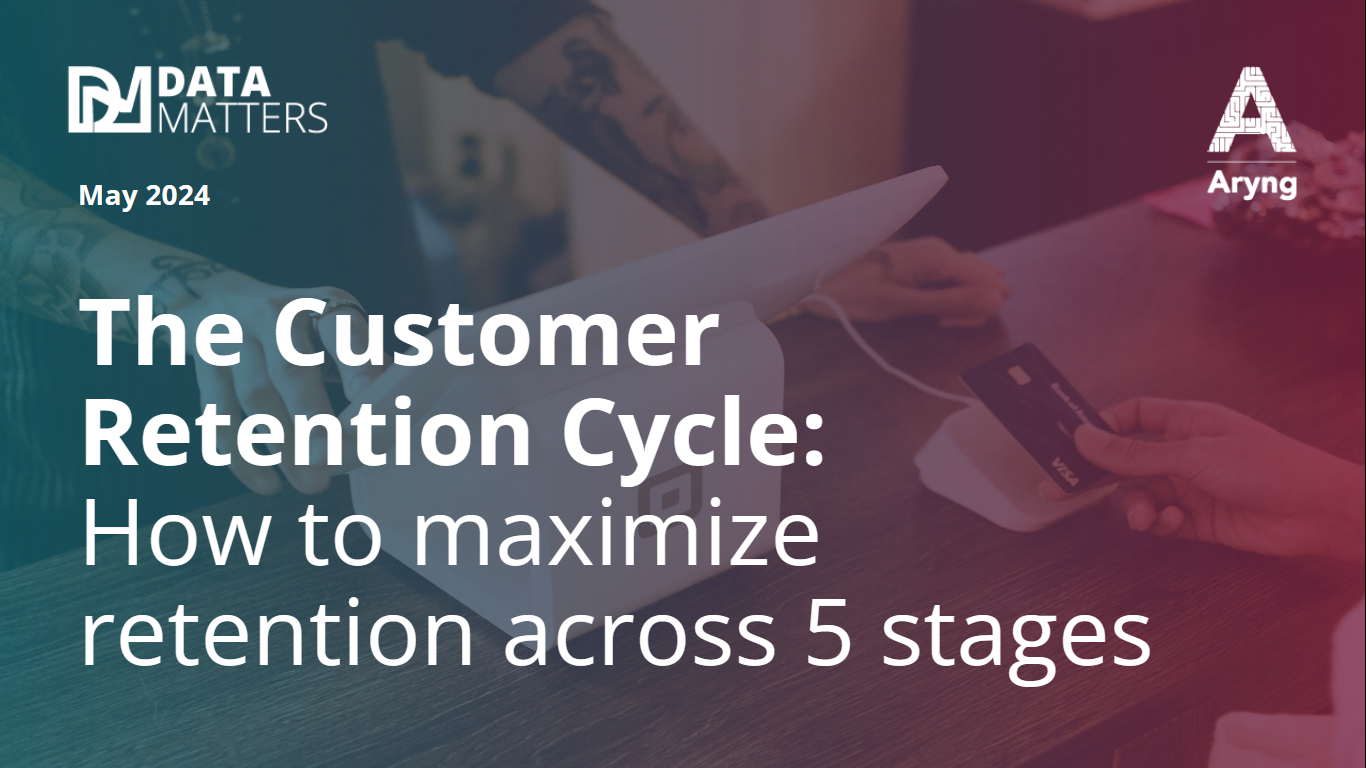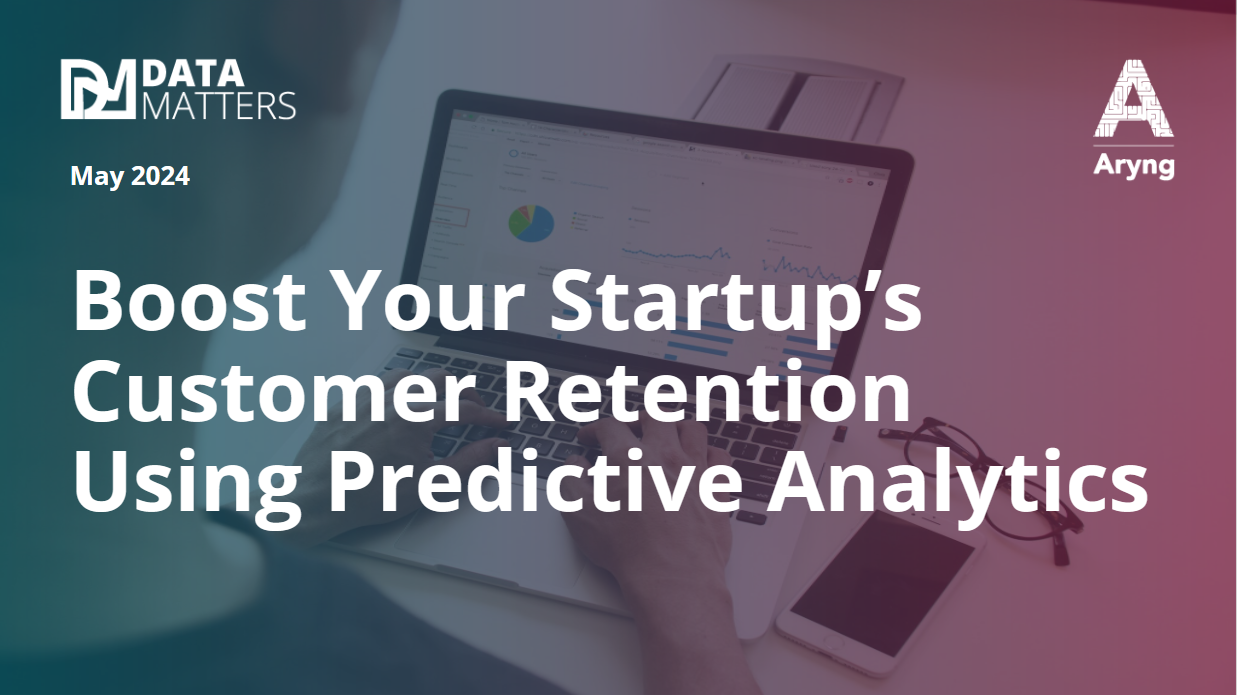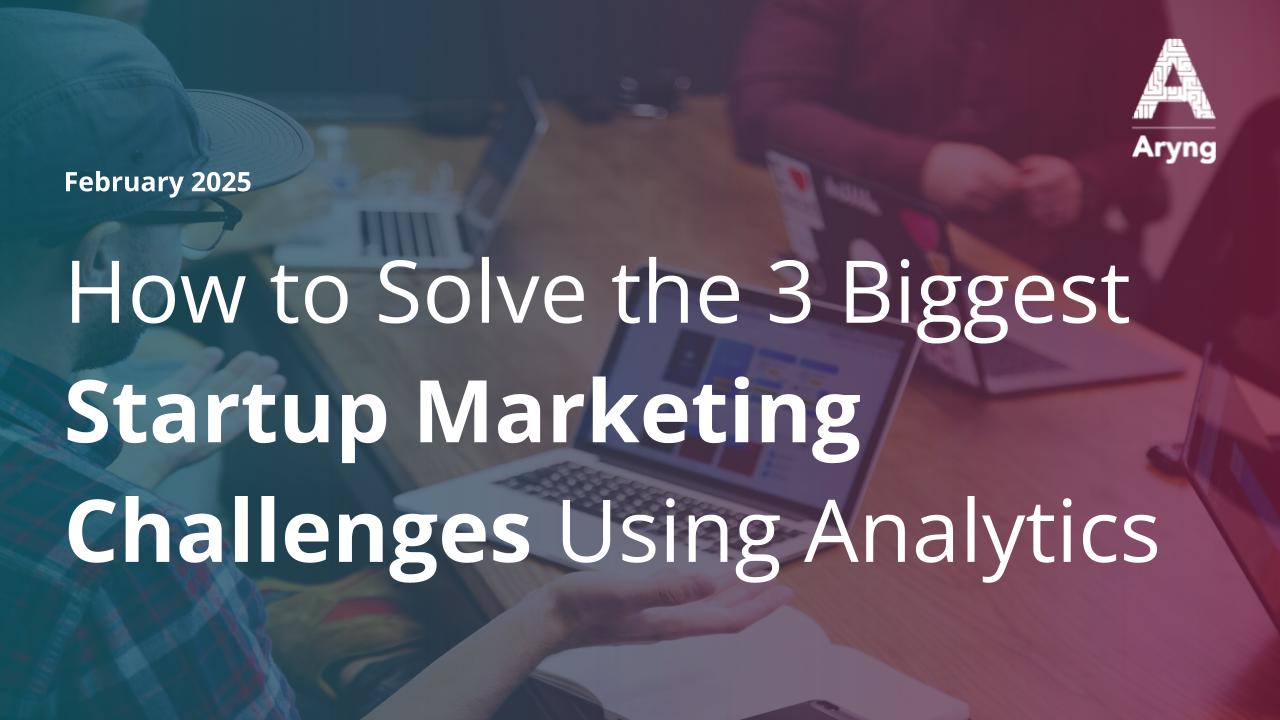
The risk of failure is congenital for every start-up. Blame it on cost challenges, poor product-market fit, or the inability to reinvent the wheel.
Whatever the reason, it could feel frustrating to find yourself as a failure. I understand!!
However, cost challenges don’t mean you cannot thrive as a business. Re-inventing the wheel is not rocket science either. Most successful start-ups leveraged their data to drive financial growth for themselves. Some simple changes to your overall strategies can come a long way in changing your fortunes.
For example, focusing on evaluating a key metric to optimize your strategies could prove to be a game-changer for you. This was the case of one of our clients, Kiva, a non-profit organization for small-scale lending.
Let me share how we identified $500K+ in potential incremental revenue by focusing on a key financial metric called LTV for Kiva.
Before diving into the case details, let’s understand –
What is LTV?
LTV is short for the Lifetime value of a customer. It quantifies the monetary value that a customer can generate for a business over time, depending on their past purchasing behavior. For example, ‘2-year LTV’ is a predicted value that a customer would generate in 2 years from their acquisition. LTV is also sometimes referred to as CLV, short for Customer Lifetime Value.
Why is it crucial to measure LTV?
So many organizations end up measuring too many metrics in an urge to evaluate their business health. Focusing on a few KPIs (key performance Indicators) instead of many could save their time and money and help shift the focus to high-growth activities.
LTV enables predictive quantification of the value of each customer. It is one of the most influential metrics to inform marketing strategies to optimize ROI and deliver greater customer satisfaction.
How does LTV work?
LTV helps organizations identify who are likely to be the most valuable customers and what drives that value. This enables them to determine what buttons to push and when to push them to maximize customer engagement and drive higher revenue.
With this understanding, let’s now dive into our client case.
KIVA case
The Problem
Kiva is a non-profit organization that enables users to lend loans to underprivileged students and entrepreneurs globally. In return, it thrives on the donations and tips contributed by the users. Kiva wanted to understand the key drivers of their LTV to amp up their future revenue.
The Solution
We used our proprietary 5-step analytical framework called ‘BADIR’ to build an LTV model for the client that would help drive the incremental revenue. Based on input from key stakeholders at Kiva, we narrowed down the business question and the approach to solving the business question in a document called an analysis plan.
The analysis plan included the exact definition of LTV, what the team believed to be the key drivers of LTV, what action the team was going to take based on the analysis, which then informed the specific statistical and machine learning methodology that would be most appropriate. These inputs were then used to derive featured engineered variables that would be most predictive of LTV and compiled as data specifications to inform the data pull. Once the entire analysis plan was pulled together and the stakeholders agreed to the plan, we proceeded with collecting data, validating and cleaning data, and starting the modeling process.
The data revealed itself to be highly non-linear and sparse, thus needing a two-step modeling process, one model to identify customers with >$0 value vs. no value and the other model to predict the exact value. Additionally, for each model set, we built a statistical model using a Decision Tree to help our stakeholders understand the drivers of value. we also built a machine learning model using LGBM to predict value with higher accuracy.
The Result
Based on the two models we built, we identified that the users who deposited more than $Y1 (anonymized) and a subsequent donation of greater than $7.6 have a 72% chance of generating higher revenue. The models also revealed that the users who deposited more than $Y2 with a subsequent donation of less than $7.6 had a 67% chance of generating high revenue.
As per our findings, we recommended specific changes to product flow to influence user behavior with the potential to increase the ‘2-years LTV’ for Kiva by $500K+.
Many companies, including StarBucks, Zynga, GREE, Glu Mobile, and Gameloft, have benefitted immensely from making LTV the core of their overall business strategy. You can benefit too. To learn more, you can go to aryng.com













